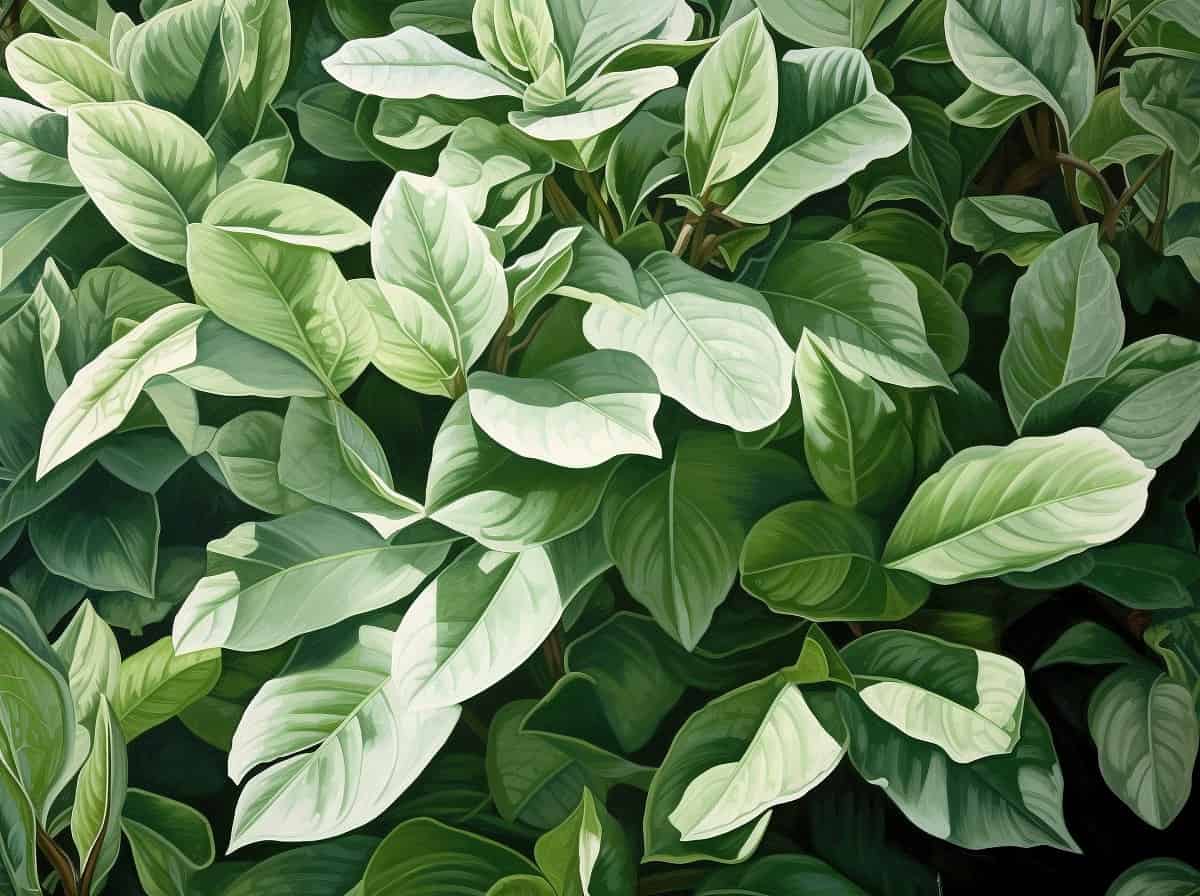The Mozote plant, scientifically known as Brosimum alicastrum, is a remarkable species native to the tropical regions of the Americas. This versatile plant has captured the attention of many due to its diverse uses and valuable properties.
From its nutritious fruits and edible seeds to its versatile wood and medicinal properties, the Mozote plant has played a significant role in the lives of indigenous communities for centuries.
With its rich cultural history and numerous benefits, the Mozote plant continues to fascinate botanists, researchers, and enthusiasts alike.
Botanical Description: An annual herbaceous plant with woody stems, mozote grows to 1-1.5 min height, with alternate ,hairy, serrate leaves with three lobes.
The small, yellow flowers are born on long panicles forming spiny seedcapsules that stick to clothesand animal fur. The plant’sname in Spanish means “horse sticker.”
Medicinal Uses: The cambium layer of the woody stems contains a mucilaginous substance used for the treatment of gastritis, ulcers, diarrhea, dysentery, kidney problems, and colds and flu.
Much like aloe juice, this remedy acts to sooth the stomach and intestinal lining, in addition to acting as an expectorant for expelling mucus from the lungs and a diuretic for cleansing the kidneys.
Preparation: A segment of the woody stem (15-30 cm long) is prepared by scraping the bark from the stem, which is either soaked in one liter of water overnight or prepared as an infusion by steeping in boiling water.
This mucilaginous solution can be taken as a warm tea or cold drink,known as fresco de mozote in Spanish.
Dose: Three cups per day. This herb is non-toxic and can be used safely for extended periods.
Notes: Mozote can be easily grown in the home garden. Seeds can be collected from mature plants and planted 2-5 cm deep in plastic nursery bags with average soil.
Keep the soil moist until the seeds germinate, then water twice a week. When the seedlings are about30 cm tall, transplant to permanent sites, preferably at a distance from the main garden and house, since the stickers from mature plants are bothersome. The stems can be harvestedfrom matureplants to make arefreshing health drink.
Campesinos also use this mucilaginous substance in the process of making tapa dulce (brown sugar).
A bucket of mozote is added to the boiling sugar cane juice to clean it of impurities. This process is much healthier than the chemical process with aluminum bisulfate, a known carcinogenic








